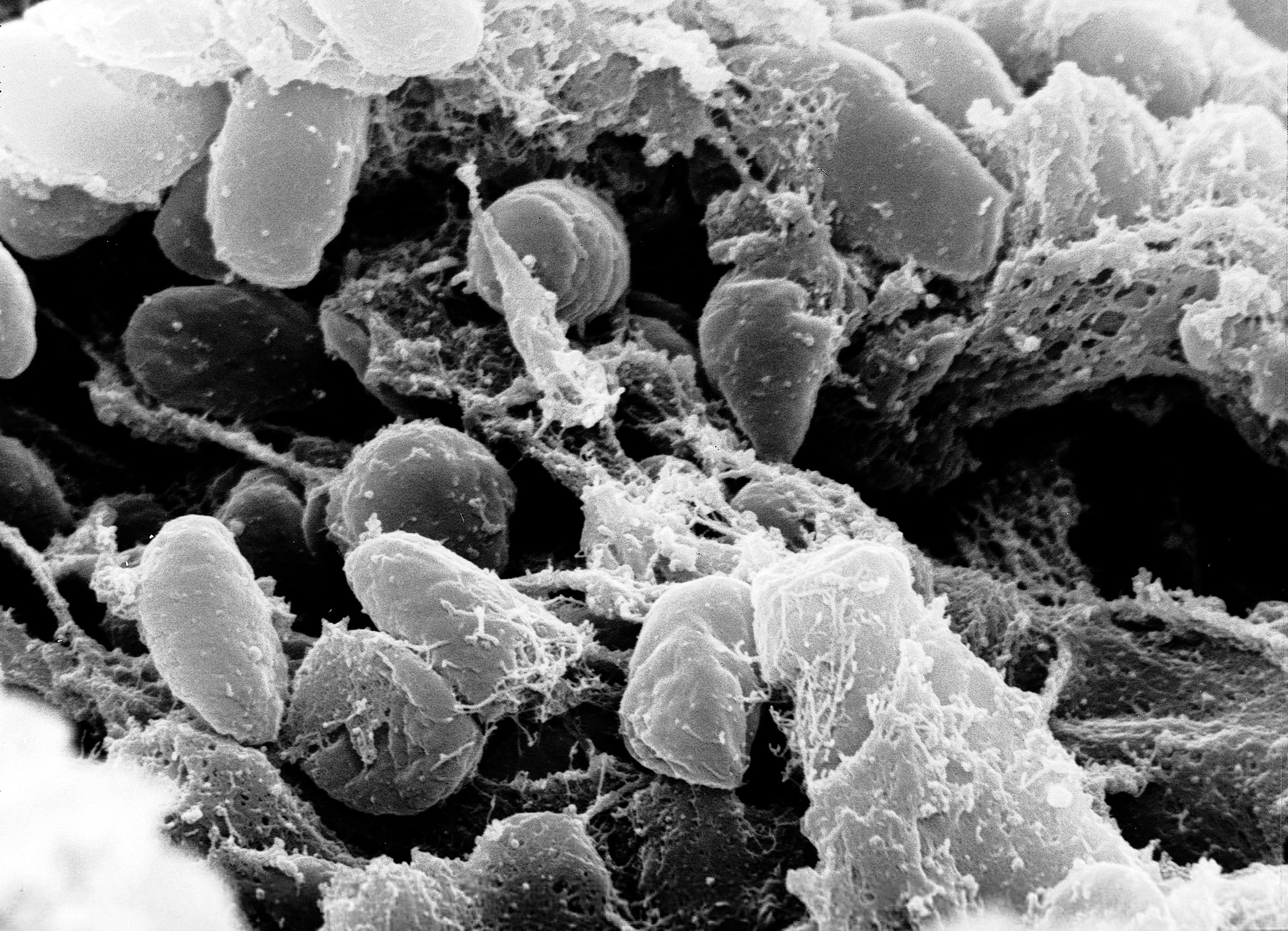
pla
Dance Macabre: Will 14th Century Remains Reveal the Pandemic Secrets of the Black Death?
 Last year, I reviewed a PLoS Pathogens paper that found European Black Plague victims from the mid 14th century were infected with more than one clone of Yersinia pestis. While the Y. pestis-specific sequences amplified from several skeletal samples from various countries were evidence of the bacterium as the etiological agent, questions still remained about the virulence of the outbreak. What allowed that ancient strain of Y. pestis to cause such widespread death? Another group of researchers decided to further analyze the causative agent of the Black Plague by enriching for and sequencing one of the extrachromasomal plasmids present in the bacterial genome: the 9.6kb virulence-associated pPCP1 plasmid. Continue reading “Dance Macabre: Will 14th Century Remains Reveal the Pandemic Secrets of the Black Death?”
Last year, I reviewed a PLoS Pathogens paper that found European Black Plague victims from the mid 14th century were infected with more than one clone of Yersinia pestis. While the Y. pestis-specific sequences amplified from several skeletal samples from various countries were evidence of the bacterium as the etiological agent, questions still remained about the virulence of the outbreak. What allowed that ancient strain of Y. pestis to cause such widespread death? Another group of researchers decided to further analyze the causative agent of the Black Plague by enriching for and sequencing one of the extrachromasomal plasmids present in the bacterial genome: the 9.6kb virulence-associated pPCP1 plasmid. Continue reading “Dance Macabre: Will 14th Century Remains Reveal the Pandemic Secrets of the Black Death?”
Recycle or Compost? Sorting Out the Cornstarch from the Plastic

Environmental concerns have driven people to seek products that are not derived from petroleum. This has translated into people using products from renewable resources for serving food and beverages. Now you are drinking iced tea out of corn plastic cups or coffee from paper cups labeled as ecofriendly. What does this label mean and what do you do with them when you have consumed your beverage?
Continue reading “Recycle or Compost? Sorting Out the Cornstarch from the Plastic”